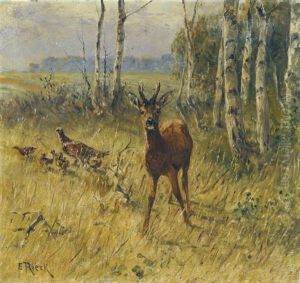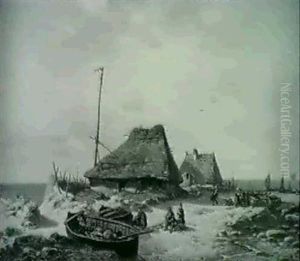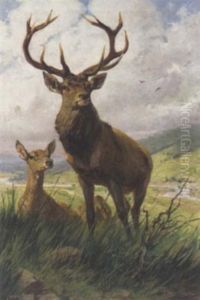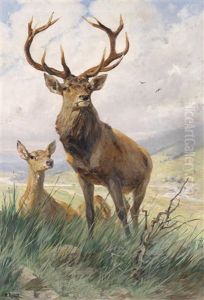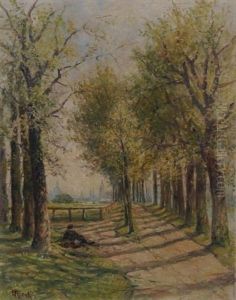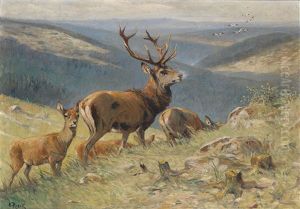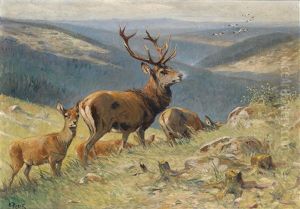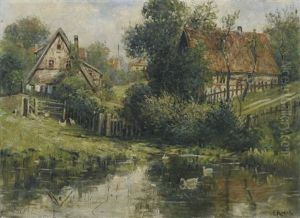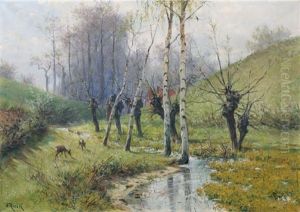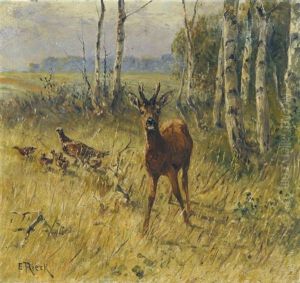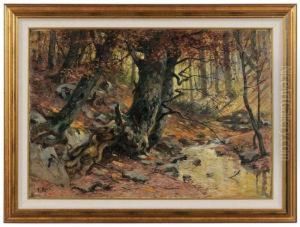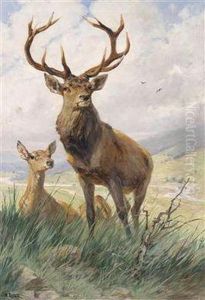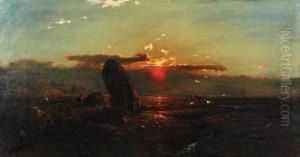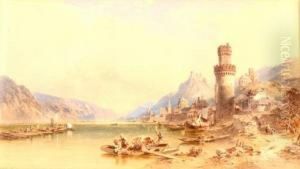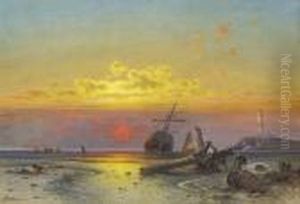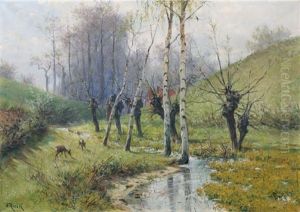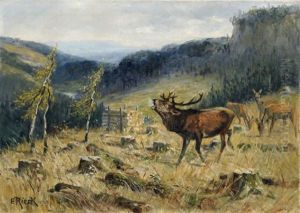Emil Rieck Paintings
Emil Rieck, born on August 3, 1861, in Dresden, Germany, was a notable German painter and illustrator known for his contributions to landscape and marine painting. Emerging from a period that was rich in artistic innovation in Germany, Rieck carved a niche for himself with his distinctive style that beautifully captured the essence of his surroundings, often emphasizing the serene and majestic aspects of nature. His works are characterized by their detailed realism, vibrant color palette, and the ability to evoke a sense of calm and introspection among viewers.
Rieck's education and artistic development were deeply rooted in the traditions of the Dresden Academy of Fine Arts, where he honed his skills and developed his artistic vision. Throughout his career, Rieck exhibited a profound fascination with natural landscapes and maritime scenes, which became recurring themes in his oeuvre. He was particularly adept at depicting the changing moods of the sea and the untouched beauty of rural landscapes, earning him admiration and recognition among art critics and the public alike.
Throughout the late 19th and early 20th centuries, Emil Rieck's work was widely exhibited across Germany and in other parts of Europe, contributing to his reputation as a leading landscape and marine painter of his time. Despite the changing artistic trends of the period, Rieck remained committed to his realistic and detailed approach to painting, which continued to garner appreciation from a loyal following of art enthusiasts.
Rieck's life and career spanned an era marked by significant social and political changes in Germany, from the unification of the German Empire in 1871 to the tumultuous years following World War I. Nevertheless, his work remained largely apolitical, focusing instead on capturing the timeless beauty of the natural world. Emil Rieck passed away on September 9, 1939, in Oschatz, Germany, leaving behind a rich legacy of art that continues to be celebrated for its beauty, technical skill, and emotional depth. His works are preserved in various art collections and museums, serving as a testament to his enduring contribution to the field of landscape and marine painting.
